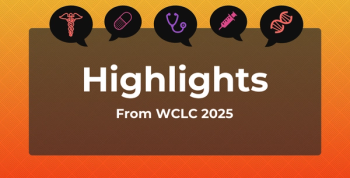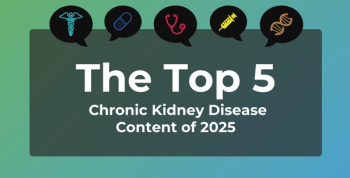
Insomnia, Other Sleep Disorders Contribute to Workplace Productivity Deficit
Insomnia, along with other sleep disorders, were found to negatively impact workplace productivity.
Sleep disorders are known to impact workplace productivity, but their significance for young working adults is not well understood, and sleep disorder diagnosis and management rates for this population are presently low.
Researchers aimed to analyze links between 3 clinically significant sleep disorders—chronic insomnia, obstructive sleep apnea, and restless legs syndrome—and workplace productivity losses among young adults in Australia.
It is known that sleep disorders possess a substantial impact on productivity and safety in middle-aged and older adults and are linked with higher likelihood of road and workplace safety incidents, and workplace productivity loss, including absenteeism and presenteeism (being at work but not fulfilling their fullest potential).
This was a prospective, observational study of a 22-year follow-up of participants in the longitudinal birth cohort Raine Study (Perth, Western Australia). Participants consisted of currently employed 22-year-old Raine Study participants who underwent in-laboratory sleep disorder screening for moderate to severe obstructive sleep apnea (apnea-hypopnea index of over 15 events/hour or obstructive sleep apnea syndrome) and were evaluated for insomnia and restless legs syndrome using validated measurements.
The main outcome measure was total workplace productivity loss over 12 months, evaluated with the World Health Organization Health and Work Performance Questionnaire.
First, out of 1235 contactable 22-year-old Raine Study cohort members, 554 individuals (44.9%; 294 women [53%]) completed the baseline sleep questionnaire, and completed at least 3 quarterly workplace productivity assessments, and underwent overnight polysomnography. 1 or more clinically significant sleep disorders were recognized in 120 participants. A total of 90 participants had insomnia, 30 had clinically significant obstructive sleep apnea, and 2 had restless legs syndrome. Seventeen people had formerly been diagnosed with a sleep disturbance by a health professional, including 14 with insomnia.
Next, it was found that median total workplace productivity loss was higher for participants with sleep disorders (164 hours per year; IQR,0-411 hours per year) vs those who did not have sleep disorders (30 hours per year; IQR, 0-202 hours per year); total workplace productivity loss was 40% more for participants with sleep disorders (adjusted IRR, 1.40; bias-corrected and accelerated 95% CI, 1.10-1.76). The predicted population total productivity loss (weighted for disorder prevalence) was 28,644 hours per 1000 young workers per year and was mostly attributable to insomnia (28,730 hours per 1000 workers per year).
The findings suggested that total workplace productivity loss in young adults was attributable to presenteeism and total absenteeism, rather than to sickness absenteeism. This might mirror the nature of employment in young adults that consists of temporary and casual contracts with limited or no leave provisions, which are linked with presenteeism.
“Further, the low rates of sleep disorder diagnoses reported at baseline by our participants may explain why workers were less likely to attribute absenteeism to sleep disorder symptoms (ie, that they missed work because of poor sleep); this may be because of limited awareness that these symptoms could reflect an undiagnosed medical condition,” they continued.
It was emphasized that it is necessary to determine if tailored interventions across adulthood are needed to lessen productivity losses linked with sleep disorders more broadly, and that early interventions are likely to assist in this mission. More strategies are also needed to increase awareness of sleep disorders and the importance of discussing them with the proper professional in young adults.
The participants did not have high sleepiness scores, nor was the rate of severe obstructive sleep apnea high, which might explain why this finding was different than those of studies with middle-aged and older adults. This finding should be explored further, the authors noted.
One limitation is that treatment effects might explain why obstructive sleep apnea was not linked with workplace productivity loss in this cohort.
“Our findings highlight the need for interventions in the workplace (and possibly in primary care and other health care settings) for facilitating the diagnosis and management of sleep disorders in younger people to improve workplace productivity,” concluded the authors.
Reference
Reynolds AC, Coenen P, Lechat B, et al. Insomnia and workplace productivity loss among young working adults: a prospective observational study of clinical sleep disorders in a community cohort. Med J Aust. Published online June 25, 2023. doi:10.5694/mja2.52014
Newsletter
Stay ahead of policy, cost, and value—subscribe to AJMC for expert insights at the intersection of clinical care and health economics.









































